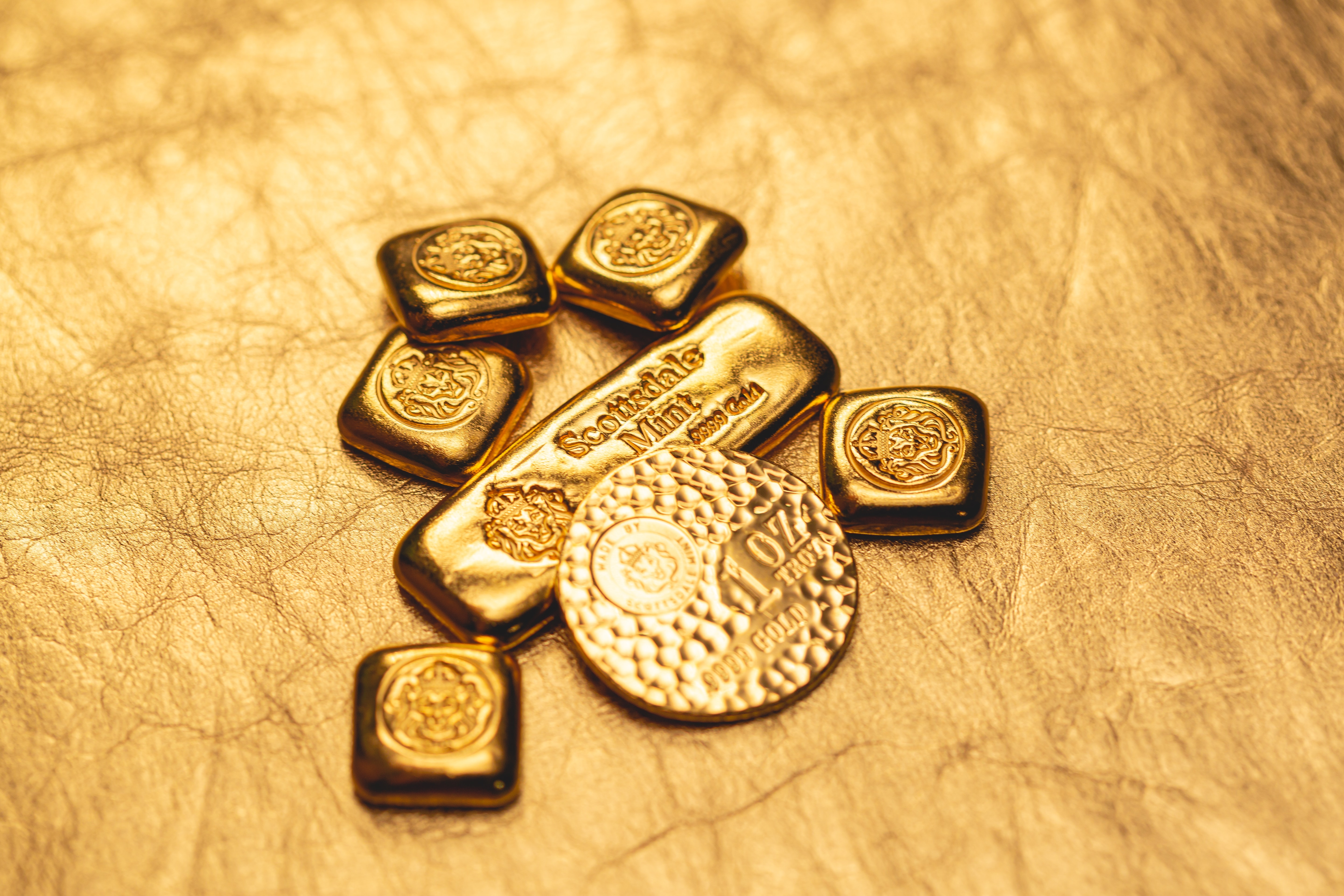Higher demand and expectations for higher demand in the future raise metal prices and vice versa.
Time: Monday-Friday : 9:00am-5:00pm
Phone: +441920 560247
Email: info@axtfinanceltdservices.com
Time: Monday-Friday : 9:00am-5:00pm
Phone: +441920 560247
Email: info@axtfinanceltdservices.com
Precious metals are rare metals that have high economic value. They're valuable because they're scarce, useful for industrial processes, or have investment properties that make them a good store of value. Notable precious metals include gold, silver, platinum, and palladium.
Gold is the most well-known and investable precious metal. It's unique for its durability (it doesn't corrode), shaping capability, and ability to conduct heat and electricity. While it has some industrial uses in dentistry and electronics, it's primarily used to make jewelry or as a form of currency. It has long been a store of value. Because of that, investors seek it out during times of economic or political turbulence and as a hedge against rising inflation.

Now, investors also have the ability to invest in precious metals according to environmental, social and governance (ESG) standards and values, as companies bring these principles to the forefront and strive towards a greener future.
Precious metal prices are important not only for producers and end users. They have long been used as a tool to monitor economic and market conditions. But, what they depend on, we are going to see here:
Higher demand and expectations for higher demand in the future raise metal prices and vice versa.
As precious metals are traded in the US dollar, the weakness of the dollar can lead to a rise in the price of precious metals. Respectively, a strong dollar can affect the prices of precious metals.
The lower the interest rates and the looser the policies of major central banks around the world, higher prices of precious metals can be expected due to potential inflation and lower yields on other assets such as bonds. The opposite is also true.
Our team of industry luminaries will assist you with reaching your financial objectives